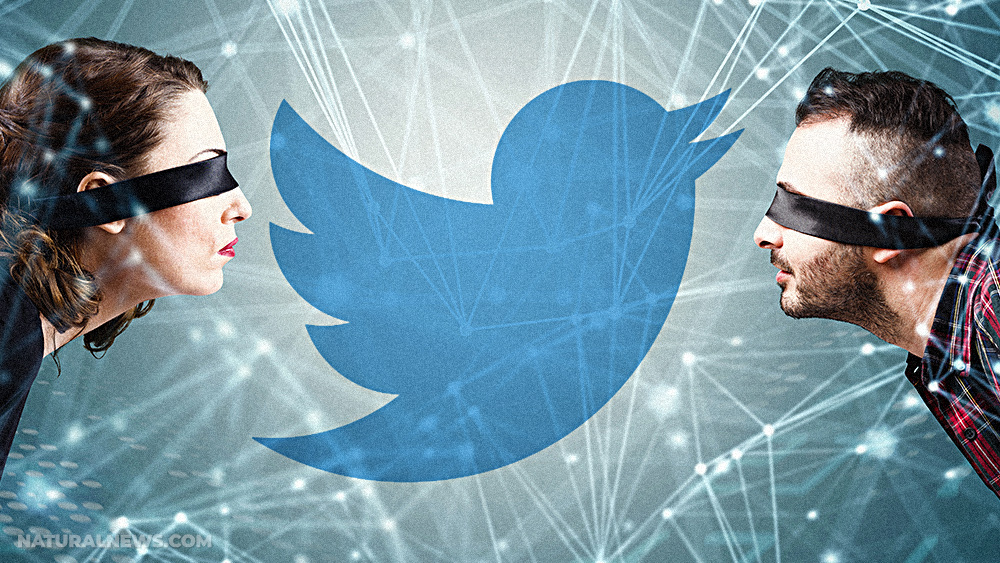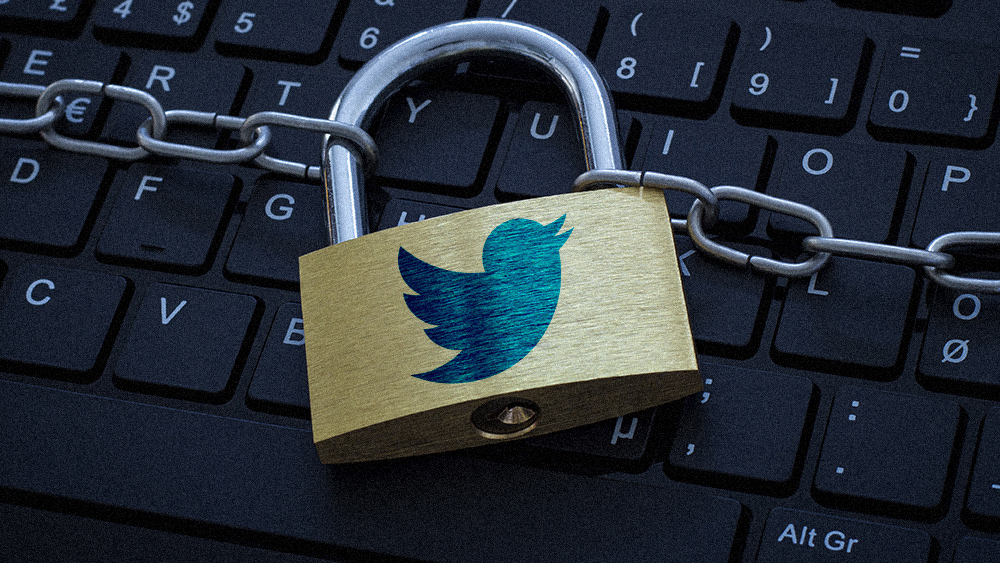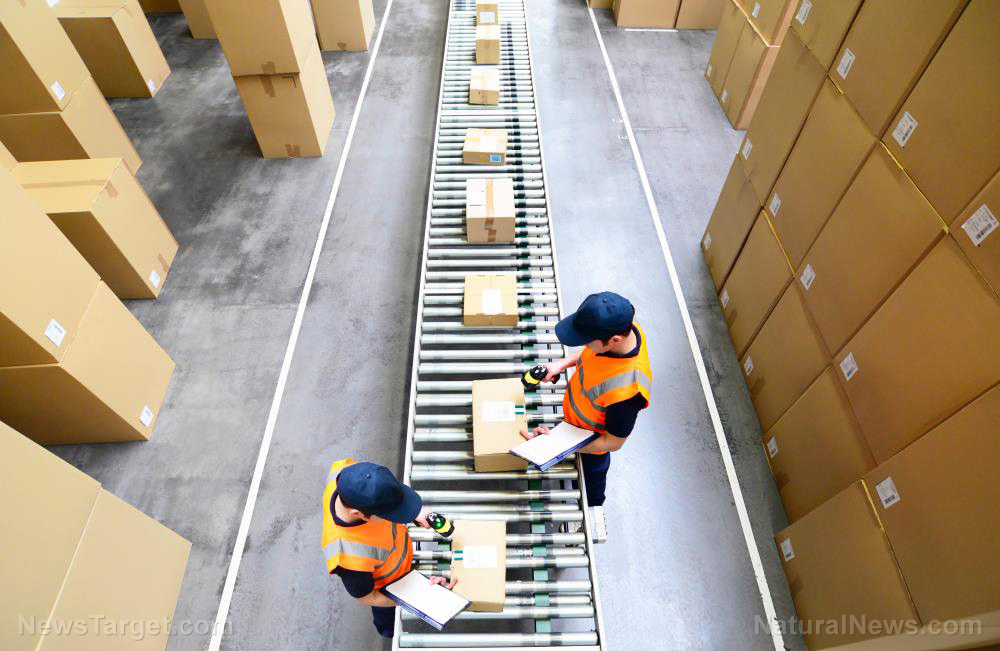More signs point to coronavirus being engineered in Wuhan lab
05/21/2020 / By Isabelle Z.

Last month, a Pew Research Center survey found that three in ten Americans believe the new coronavirus was most likely created in a lab. For some, it may just be a hunch, but the evidence is quickly piling up to support this theory. Although we may never be able to know for certain given that modern genetic engineering enables such viruses to be created without any sign of human manipulation, some experts insist it’s a very good possibility.
The fact that those who are privy to classified information about the virus believe it was made in the lab should be our first clue. U.S. Secretary of State Mike Pompeo told ABC This Week there was “enormous evidence” the outbreak started in a Chinese lab, although he didn’t share any of it.
When asked if he had seen anything that made him think the Wuhan lab was the source of the outbreak, President Trump said: “Yes, I have. Yes, I have.”
And although Chinese authorities insist the virus didn’t escape from a lab, they have not permitted WHO investigators or other foreign experts to look into it, nor have they been willing to share any samples taken from the animals at the Wuhan wet market where they maintain the outbreak originated.
So let’s get this straight: The Chinese authorities want us to take them at their word when they say this virus didn’t come from one of their labs, and they won’t let investigators in to verify what they’re claiming. That doesn’t sound the slightest bit suspicious, does it?
If you were being accused of starting this deadly pandemic and you knew you were innocent, wouldn’t you be gathering all the evidence you could and shouting it from the rooftops? Wouldn’t you invite everyone into your lab to see for themselves that you had no part in this?
It’s pretty clear they have something to hide.
Wuhan Institute of Virology carries out risky gain-of-function research
The lab at the center of this controversy is the Wuhan Institute of Virology, which is an affiliate of the Chinese Academy of Sciences and is run by the country’s central government. It’s a BSL-4 lab, which means it’s designed to study the most dangerous pathogens in the world.
It was set up in the wake of the SARS epidemic to help prepare the country for future outbreaks of infectious disease, and it’s used to research and develop antiviral vaccines and drugs for new pathogens. It’s just eight miles away from the wet market where the outbreak was supposedly started.
The lab has been carrying out gain-of-function research for several years. This is a type of research wherein scientists study viruses and determine how they could be modified to make them more deadly or more easily transmissible. This, in theory, could enable scientists to come up with countermeasures for the viruses that could pose the biggest threats to humanity.
It’s a highly controversial type of research that was banned in the U.S. during the Obama administration after a series of safety incidents showed just how dangerous it can be. Pathogens have escaped from labs before, with hundreds of incidents involving unintended exposure to controlled biological agents occurring each year.
Just two years ago, worried American experts who visited the Wuhan lab contacted diplomats in Washington, D.C. to plead for more attention and support for the lab after they warned of safety issues there – especially surrounding their work with bat coronaviruses. One of their big concerns was a severe lack of technicians and investigators with the proper training for a high-containment laboratory.
Researchers can and do create viruses like this one all the time
Scientist Yuri Deigin, editor of the Open Longevity journal, recently made the case for why this could well be a lab-created virus. He says the virus is an obvious chimera, or a combination of two or more pre-existing viruses.
Although it is based on an ancestral bat strain of coronavirus, its spike protein has a replaced receptor binding motif (RBM) that comes from a pangolin strain. It also has a stretch of four amino acids that create a furin cleavage site that give the virus expanded power to penetrate cells.
This is exactly the type of research that is carried out at the Wuhan Institute of Virology. Although he conceded that it may have been released accidentally and is not necessarily an intentional attempt to kill the masses, it is feasible that the virus did originate in the lab.
In fact, Deigin reported that from 2007 to 2017, researchers at the lab created eight new chimeric coronaviruses with different RBMs.
If it did come from there, there would not necessarily be some sign that it was engineered. A Swiss research team recently created a synthetic clone of COVID-19 in under a month by inserting genetic fragments in a manner that scientists would not be able to detect unless they knew exactly what to look for.
The tools used in modern genetic engineering, he said, can cut and paste genomic fragments without leaving any sort of trace.
While he concedes that he, like many people, has no way of knowing what really happened, there is clearly a “series of strange coincidences.” In addition, for the virus to have emerged naturally, bat and pangolin strains need to have met within the same cell of an animal in Wuhan. Because the Wuhan market doesn’t sell bats and the animals typically hibernate during the time of year in question, it does seem unlikely that this is what happened.
So yes, this coronavirus was quite possibly created in a lab. Labs create viruses just like it all the time for research purposes, and labs also have leaks and accidents with startling frequency. This could well be the “worst-case scenario” those who have been sounding the alarm bell over gain-of-function research have been warning the world about for so long, and coronavirus could prove to be the most dangerous pathogen humanity has ever seen.
Sources for this article include:
Tagged Under: biological weapons, bioweapons, coronavirus, death science, evil, gain-of-function research, genetically engineered, pandemic, research, Twisted, Wuhan, Wuhan Institute of Virology
RECENT NEWS & ARTICLES
COPYRIGHT © 2017 EVIL NEWS


















